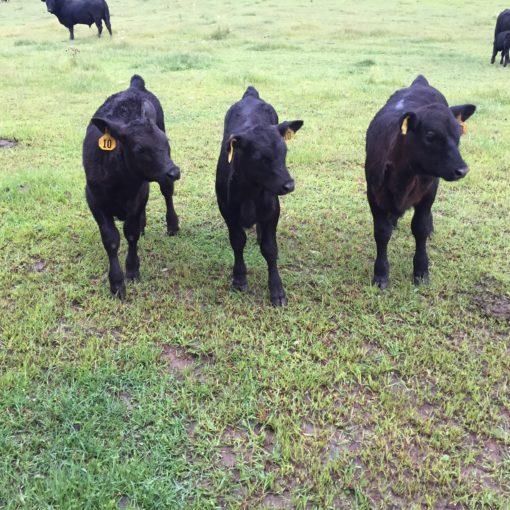So….you want to be a veterinarian? After working in this industry, I can see why! I love my job (most of the time!) and find this field very rewarding. As a vet, I have people tell me all the time how they would like to be a vet in the future, or the reasons why they did not decide to go into it after all. It takes an incredible amount of hard work, lengthy schooling, and certain personality traits to endure the rigors of becoming and working as a veterinarian. If you’re interested in this field, read on to learn more about what it takes to make it through!
One of the most important factors of becoming a veterinarian is the schooling. Lots of people have a love for animals, but not everyone can endure 8-12 years of grueling education that is needed to make them into a veterinarian. That is why drive and a hard work ethic are two extremely important characteristics to have. Prior to getting accepted into a veterinary program, applicants must have certain pre-requisite classes completed and maintain a high GPA. (Interested in what these are? Stay tuned for part two of this blog series!). Once accepted into an accredited veterinary college, the real work begins. Most students put in 60-75 hours a week attending lectures, labs (hello formalin smell), and studying. Once graduated, some students are choosing to pursue specialties, such as cardiology or dermatology, which take an additional 3-5 years to complete. Given the amount of work this education takes, a strong desire to learn and good study habits are important for success.

Another important character trait to being a good veterinarian is sympathy and empathy. Our jobs are to care for and interpret signs of those who cannot speak for themselves. In that nature, there are many instances when we have to think, how would you respond if someone held you and then poked you with needles without explaining anything? When animals respond aggressively it is important to remember to have empathy for them and not get angry. Especially if it means you got bit, kicked, or it takes an hour longer than expected. Additionally, it’s important to have empathy for these animal’s owners. Veterinary costs are rising fast as great medical advances are made in the veterinary field. With that, many people cannot afford the Grade A, gold-standard care that is now available. Knowing that there is more that could be done, but not being able to do the tests/surgeries/treatments needed because of financial constraints, is an incredibly hard burden for the owner and veterinary staff to shoulder. Having empathy for other’s situations is important to keep in mind when dealing with difficult medical decisions.
Lastly, one of the most important traits is having the compassion to know when humane euthanasia is the best option. This is likely the hardest thing about this job. When people tell me they didn’t go into veterinary medicine, the most common reason they give is, “I just don’t think I could ever put any animal to sleep”. The decision to euthanize is incredibly difficult and painful for the owner. Likewise, it is certainly not an easy process for the veterinarian and technician assisting in the process. However, many times when diseases are terminal and causing a poor quality of life for our pets, letting them go peacefully and painlessly is the most compassionate, last gift we can give them.
Veterinary medicine is an amazing field and I think I can speak for many in the veterinary community when I say we want to welcome everyone interested! This short list of attributes certainly isn’t exhaustive, and I hope this blog series can help you discern whether this career path is right for you. Here at MVVS, we’ll be doing two other parts in this blog series entitled “So You Want to be a Veterinarian”. Part two will be about the application process including pre-requisites and have an “interview” with a vet assistant who has just gone through the process. Part three will talk about what it is truly like on the inside and also have a guest blogger from the second year class at the University of Minnesota. Stay tuned for a more in-depth look at what it takes to become a vet!
— Dr. Katharine Kancer




